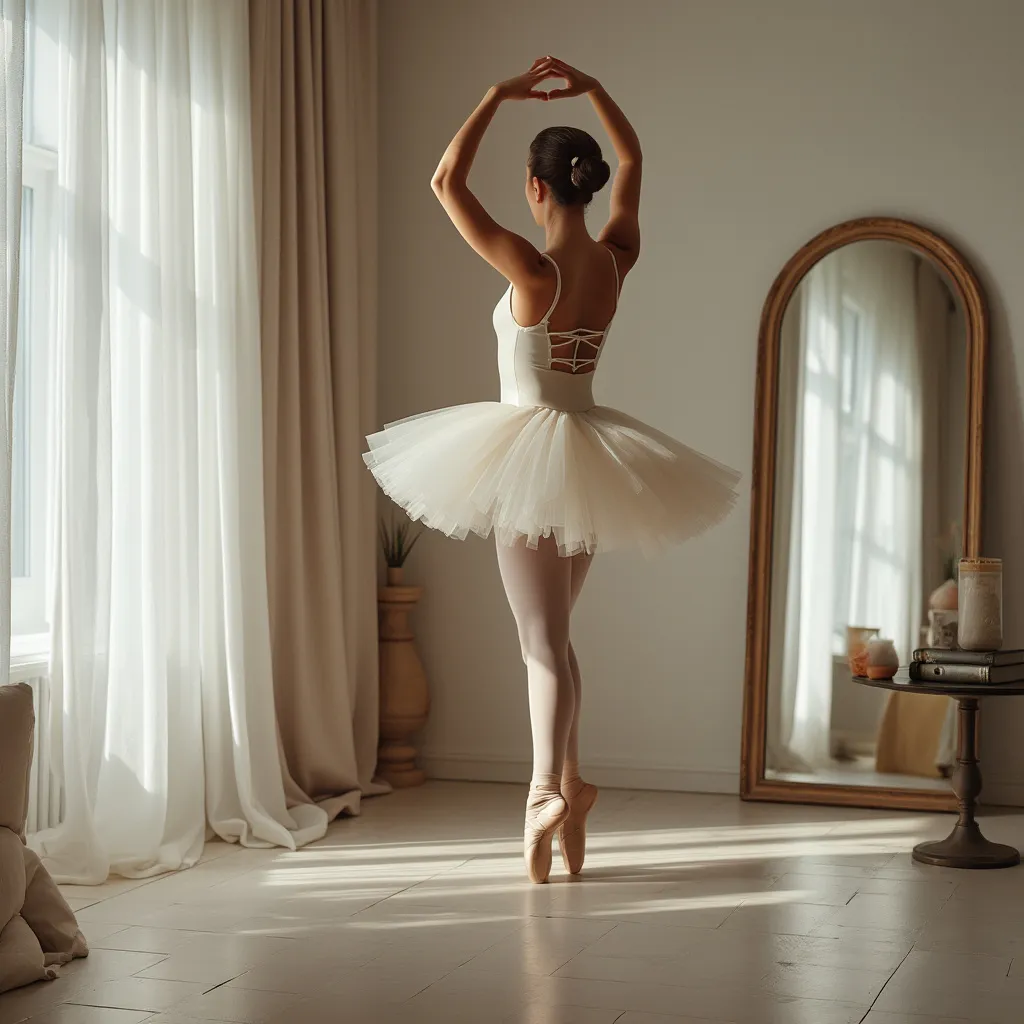The Role of Ballet Masters and Mistresses in a Dance Company

Introduction
Ballet, a classical dance form that has captivated audiences for centuries, is a highly disciplined and intricate art. Behind the scenes of every successful ballet company are the unsung heroes known as ballet masters and mistresses. These individuals play a pivotal role in shaping the dancers, maintaining the repertoire, and ensuring the highest standards of performance. This article delves into the multifaceted responsibilities of ballet masters and mistresses, their impact on a dance company, and the skills required to excel in this demanding role.
The Historical Context of Ballet Masters and Mistresses
The Origins
The role of the ballet master dates back to the early days of ballet in the 17th century. Initially, ballet masters were responsible for teaching court dances and later evolved to train professional dancers. The position of ballet mistress emerged as women began to take on more prominent roles in ballet companies, particularly in the 19th and 20th centuries.
Evolution Over Time
Over the years, the responsibilities of ballet masters and mistresses have expanded. While their primary role remains the training and coaching of dancers, they now also contribute to choreography, staging, and even administrative tasks. This evolution reflects the growing complexity and professionalism of ballet companies.
Core Responsibilities
Training and Coaching
One of the primary responsibilities of ballet masters and mistresses is to train and coach dancers. This involves:
- Daily Classes: Conducting daily technique classes to maintain and improve dancers’ skills.
- Rehearsals: Leading rehearsals to ensure that dancers are well-prepared for performances.
- Individual Coaching: Providing personalized feedback and guidance to help dancers reach their full potential.
Maintaining the Repertoire
Ballet masters and mistresses are also responsible for preserving the company’s repertoire. This includes:
- Staging: Restaging classic ballets and ensuring that they are performed with historical accuracy.
- Choreography: Assisting choreographers in creating new works and adapting existing pieces.
- Documentation: Keeping detailed records of choreography, staging, and performance notes.
Administrative Duties
In addition to their artistic responsibilities, ballet masters and mistresses often take on administrative tasks such as:
- Scheduling: Coordinating rehearsal schedules and managing dancers’ time effectively.
- Communication: Serving as a liaison between dancers, choreographers, and artistic directors.
- Auditions: Assisting in the audition process to select new dancers for the company.
The Impact on a Dance Company
Artistic Excellence
The influence of ballet masters and mistresses on a company’s artistic quality cannot be overstated. Their expertise ensures that dancers perform at their best, and their knowledge of the repertoire helps maintain the company’s artistic integrity.
Company Culture
Ballet masters and mistresses also play a crucial role in shaping the culture of a dance company. Their leadership and mentorship foster a supportive and disciplined environment, which is essential for the growth and development of dancers.
Continuity and Legacy
By preserving the repertoire and passing on their knowledge to the next generation of dancers, ballet masters and mistresses ensure the continuity and legacy of the company. Their work helps maintain the company’s traditions while also allowing for innovation and growth.
Skills and Qualities Required
Technical Proficiency
A deep understanding of ballet technique is essential for ballet masters and mistresses. They must be able to demonstrate movements accurately and provide detailed corrections to dancers.
Leadership and Communication
Effective leadership and communication skills are crucial. Ballet masters and mistresses must be able to inspire and motivate dancers, provide constructive feedback, and mediate conflicts when necessary.
Adaptability
The ability to adapt to different styles and choreographers is also important. Ballet masters and mistresses must be versatile and open to new ideas while maintaining the company’s artistic standards.
Passion and Dedication
A genuine passion for ballet and a commitment to the art form are essential qualities. Ballet masters and mistresses often work long hours and face numerous challenges, so a deep love for their work is crucial for their success.
Challenges Faced by Ballet Masters and Mistresses
Balancing Tradition and Innovation
One of the main challenges is finding the right balance between preserving traditional ballets and embracing new, innovative works. Ballet masters and mistresses must navigate this delicate balance to keep the repertoire fresh and engaging.
Managing Diverse Talents
Every dancer is unique, with different strengths and weaknesses. Ballet masters and mistresses must tailor their coaching to meet the individual needs of each dancer while ensuring that the entire company performs cohesively.
Resource Constraints
Many ballet companies operate with limited resources, which can pose challenges in terms of scheduling, rehearsal space, and funding. Ballet masters and mistresses must be resourceful and efficient in managing these constraints.
FAQ
What is the difference between a ballet master and a ballet mistress?
The terms “ballet master” and “ballet mistress” are often used interchangeably, with the primary difference being gender. Both roles involve similar responsibilities, including training dancers, maintaining the repertoire, and assisting with choreography and administrative tasks.
How does one become a ballet master or mistress?
Becoming a ballet master or mistress typically requires extensive experience as a professional dancer, along with additional training in teaching and coaching. Many ballet masters and mistresses also have experience in choreography and staging.
What is the role of a ballet master or mistress in a performance?
During a performance, ballet masters and mistresses are responsible for ensuring that everything runs smoothly. This includes overseeing warm-ups, making last-minute adjustments, and providing support to dancers and stage crew.
How do ballet masters and mistresses contribute to a company’s artistic vision?
Ballet masters and mistresses work closely with artistic directors and choreographers to shape the company’s artistic vision. Their expertise in technique and repertoire helps ensure that the company’s performances are of the highest quality.
What are some common challenges faced by ballet masters and mistresses?
Common challenges include balancing tradition and innovation, managing diverse talents, and working within resource constraints. Ballet masters and mistresses must be adaptable, resourceful, and skilled in leadership and communication to overcome these challenges.
Conclusion
The role of ballet masters and mistresses is integral to the success of any dance company. Their expertise in training, coaching, and maintaining the repertoire ensures that dancers perform at their best and that the company’s artistic standards are upheld. Despite the numerous challenges they face, ballet masters and mistresses continue to play a vital role in preserving the legacy of ballet while fostering innovation and growth. Their dedication and passion for the art form are truly inspiring, making them indispensable members of the ballet community.





